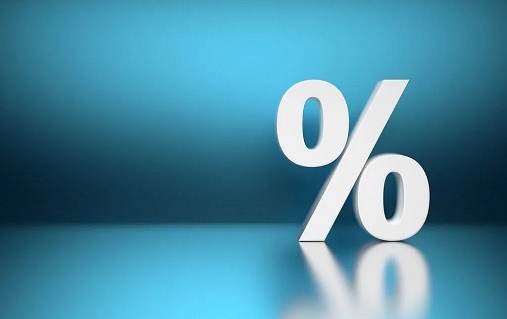All types of loans have become expensive since the nine-six interest cap was lifted. The loan interest is increasing every month. However, most of the banks are not increasing the deposit interest rate at the same rate as the loan interest rate. While the average loan interest rate has risen by more than 3 percent in the past nine months, the deposit rate has risen by less than 1 percent. In this, the interest rate difference (spread) of loans and deposits is increasing at a large rate. The average spread has already crossed 5 percent. This rate is higher than any other country.
As the spread widened, banks benefited, but both borrowers and depositors suffered. Because the banks are able to make more profit due to the interest income compared to the interest expense. On the other hand, due to high interest on the loan, the cost of the borrowers is increasing. Again, common people are affected by getting low interest on deposits. The sector stakeholders blame 4 reasons for the spread being high. These are inflation, excess of defaulted loans, high operating costs and excessive profiteering.
In a free market economy, interest rates are left to the market. However, this practice is completely absent in our country. At present interest rates are being fixed under the smart system. However, international Monetary Fund (IMF) is against this approach.
A delegation of donor agencies is currently on a visit to Dhaka to review the progress of various conditions given to Bangladesh before the third tranche of the $4.7 billion loan is waived. In the last few days of meetings, the delegation suggested that interest rates should be completely market-based soon, giving up the smart system.
Those concerned said that Bangladesh Bank has given contractionary monetary policy to control inflation. Under this, they are walking on the path of increasing the interest rate of the loan. Several policy interest rate hikes have already been announced. And due to the increase in policy interest rate, the loan interest under the smart system is also increasing. However, the interest rate on deposits is increasing less than the interest on loans. In this high inflation, depositors are getting less profit and borrowers are suffering with higher interest.
It is known that Bangladesh Bank has removed the nine-six interest rate limit from July last year. Since then the interest rate of bank loan is increasing every month. At present the interest rate of the loan exceeds 13 and a half percent. Banks have also increased interest rates on deposits. However, the pace of increase in loan and deposit interest rates is not at the same pace. As a result, the difference between loan and deposit interest rates (spread) is increasing.
A managing director of a private bank, who did not want to be named, that interest rates on all types of loans are increasing due to the contractionary monetary policy. We are following the instructions of the central bank. However, due to various reasons, the interest rate has to be determined based on the maximum margin because our operating expenses are very high. Again, defaulted loans cannot be reduced. Regarding the faster increase in loan interest rate than deposits, he said, no one will pay more interest if they get low interest deposits. But in banks which have more liquidity crisis, they are collecting deposits at comparatively higher interest.
According to the report of Bangladesh Bank, in the last month of March, the average interest rate difference (spread) between loans and deposits in the country's banking sector stood at 5.19 percent. The spread was 5.04 percent in the previous month, February. It was 4.66 percent in December last year. And in June last year it was only 2.93 percent. According to the report, the average loan interest rate of the banking sector at the end of last March was 10.36 percent which was 7.31 percent in June last year. As a result, the interest rate increased by 3.05 percent in a span of nine months. On the other hand, the average interest rate of deposits in June last year was 4.38 percent which has increased by 5.17 percent in March of this year. As a result, the average interest on deposits has increased by only 79 percent in the last nine months.
Earlier, the central bank used to determine the maximum spread between deposit and loan interest so that the banks could not increase the loan interest rate at an unreasonable rate. Although it was 5 percent for a long time, there was a directive to keep it within 4 percent from 2018. However, after the introduction of the smart system to determine the loan interest, the limit of keeping the spread at 4 percent was lifted last November. However, under the smart system, there is a method of determining the interest rate of the loan, but not in the case of deposits. In this opportunity, the banks are increasing the interest rate of deposits. In this, the interest rate of deposits has increased much less than that of loans. Mainly due to high profit margins, many banks are not increasing deposit interest in line with inflation. Some banks are trying to collect deposits even though they are paying relatively high interest due to severe liquidity crisis.
An official of Bangladesh Bank said that the banks would have suffered if the spread limit had not been lifted. Because if the spread is limited, the banks that can take deposits at low interest, they will not be able to give loans at high interest even if they want to. With that in mind, the limit of interest rate spread within 4 percent has been removed.
ZH






